IN PHOTOS: Earthquake in northwestern China claims 118 lives, injures over 500
A powerful 6.2-magnitude earthquake in northwest China claimed 118 lives and left over 500 individuals injured, as reported by the local earthquake relief headquarters. Pics/ AFP & AP
Updated on : 19 December,2023 01:50 PM IST | Compiled by : Sanjana Deshpande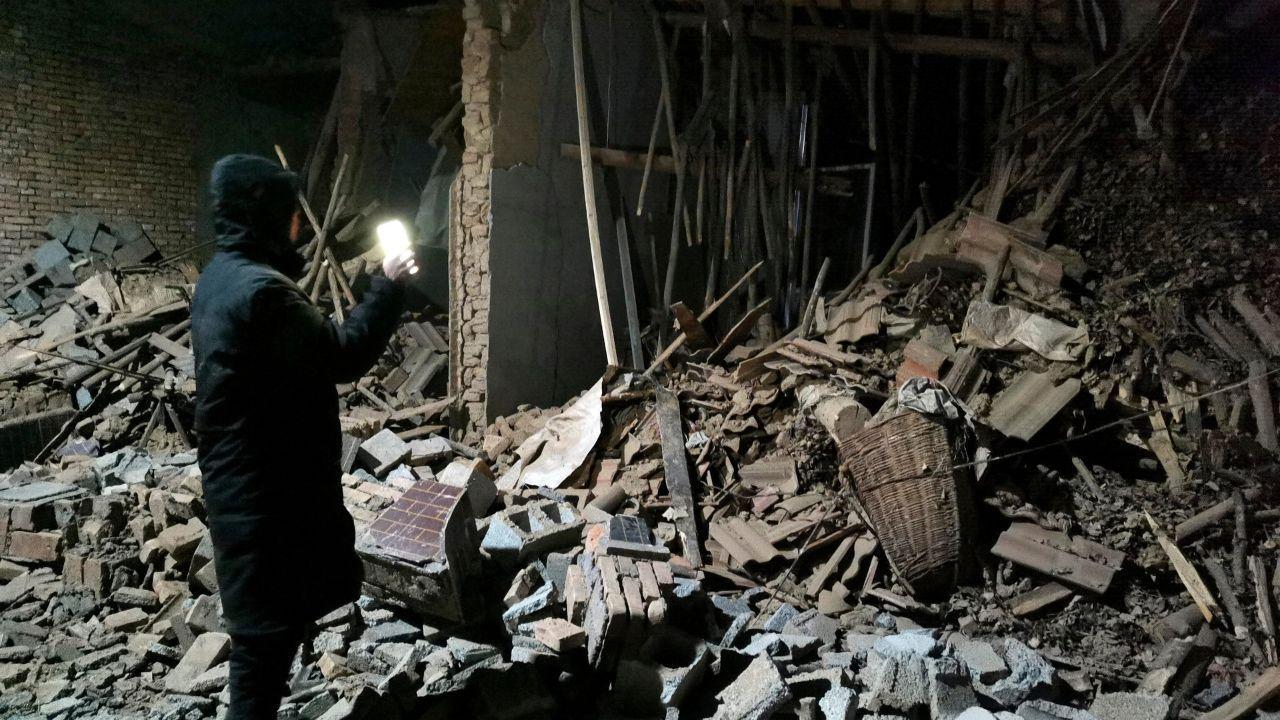
A powerful 6.2-magnitude earthquake in northwest China claimed 118 lives and left over 500 individuals injured, as reported by the local earthquake relief headquarters. Pics/ AFP & AP
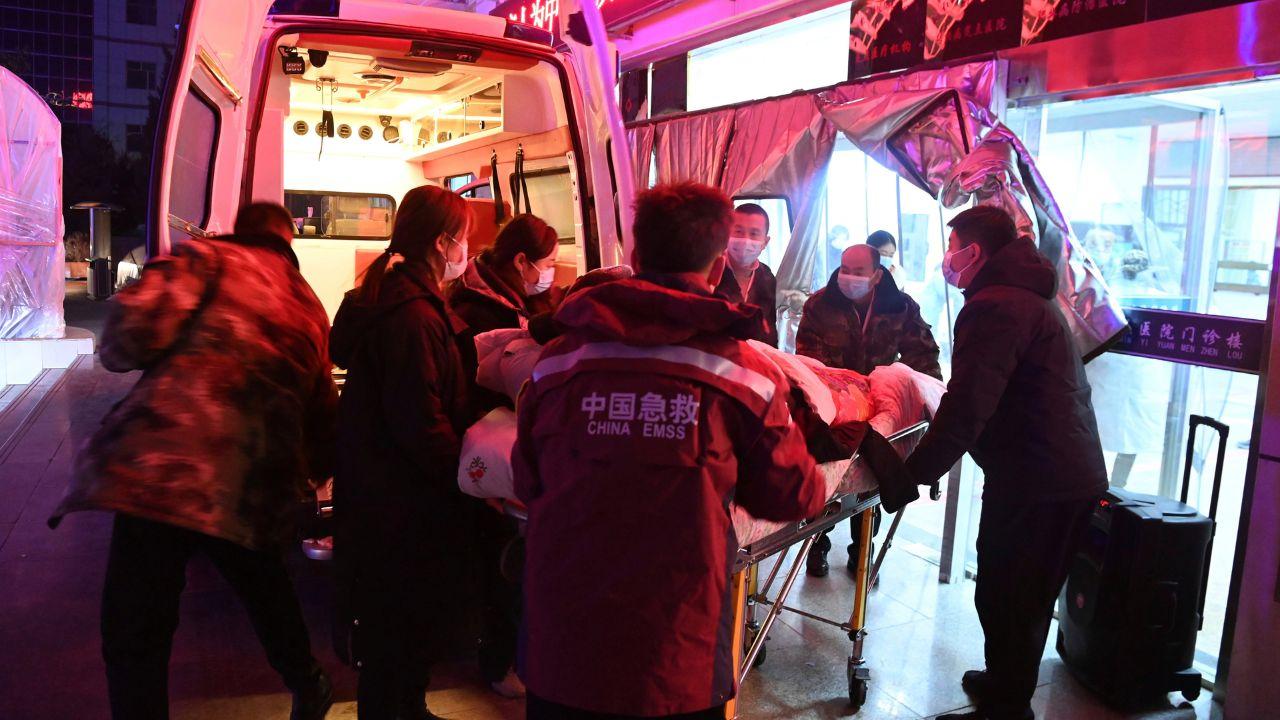
The earthquake, striking Gansu and Qinghai provinces just before midnight, resulted in devastating consequences, especially in the Liugou township, located approximately 8 kilometres from the Jishishan Bao'an county seat.
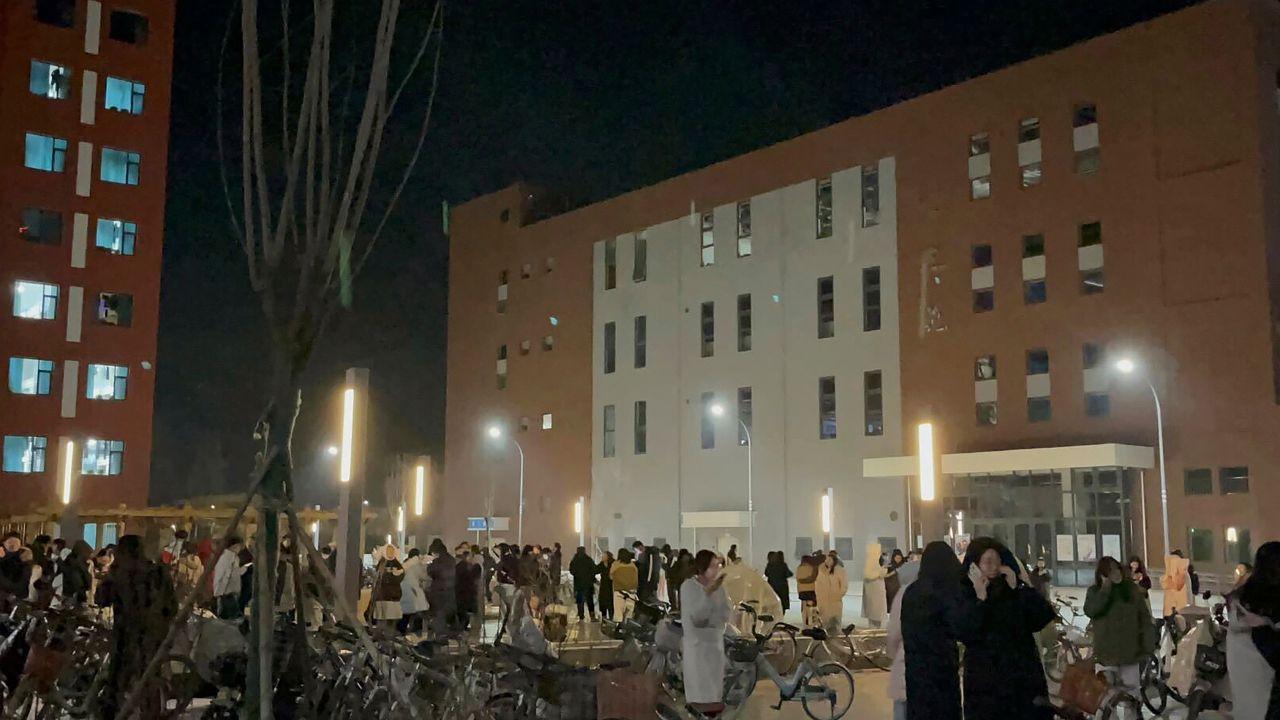
Experts highlight the destructive impact of shallow quakes, attributing heavier infrastructure damage and a higher toll of casualties to their shallowness.

The Qinghai province, adjacent to the Tibet Himalayan region, remains prone to frequent earthquakes due to the geological movement of continental plates, often resulting in seismic activities.
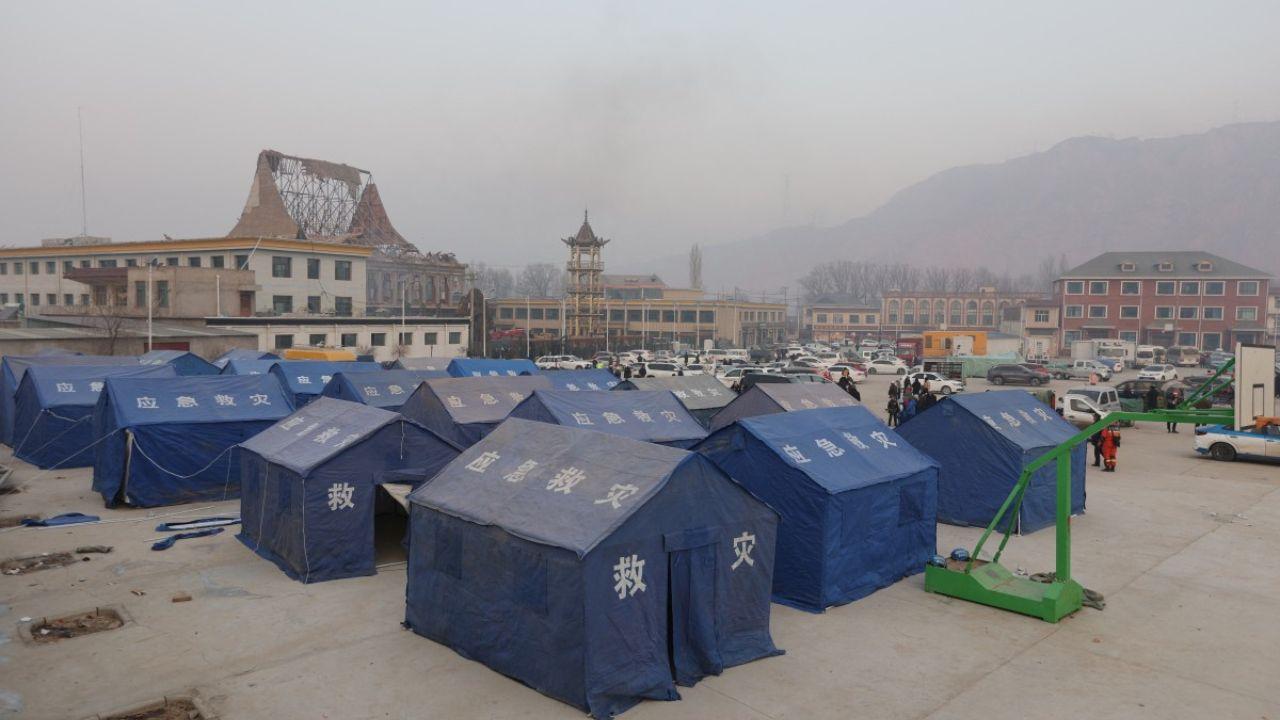
A second earthquake hit the neighbouring Xinjiang Uygur Autonomous Region, impacting Atux City of Kizilsu Kirgiz Autonomous Prefecture, exacerbating the region's challenges in the aftermath of the initial tremor.
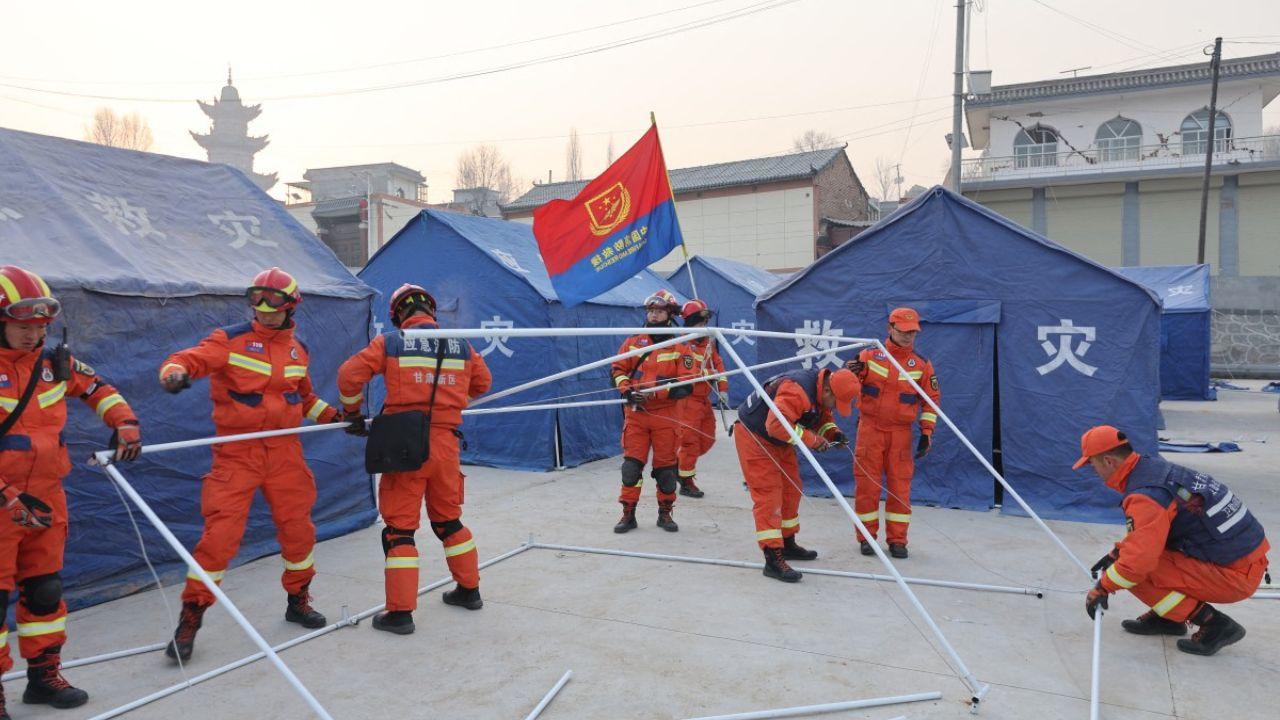
Official reports indicate 105 fatalities in Gansu and 13 in Qinghai, with 579 individuals reported injured in the quake-hit regions, signifying the extensive human impact of the disaster.
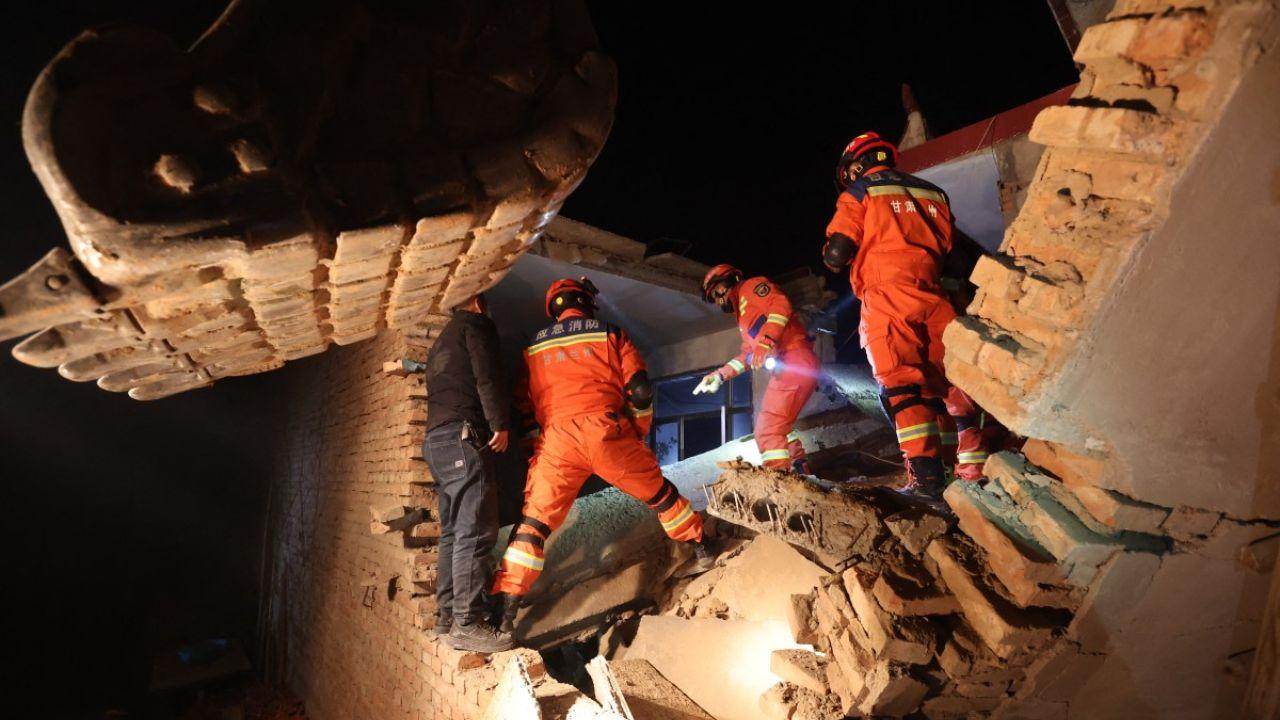
The earthquake ravaged 6,381 houses in Jishishan and disrupted rural roads, causing power outages, and telecommunication failures, and necessitating urgent repair efforts.

The provincial fire and rescue department deployed substantial resources, including 580 rescuers, 88 fire engines, search and rescue dogs, and essential equipment, to address the disaster's aftermath.
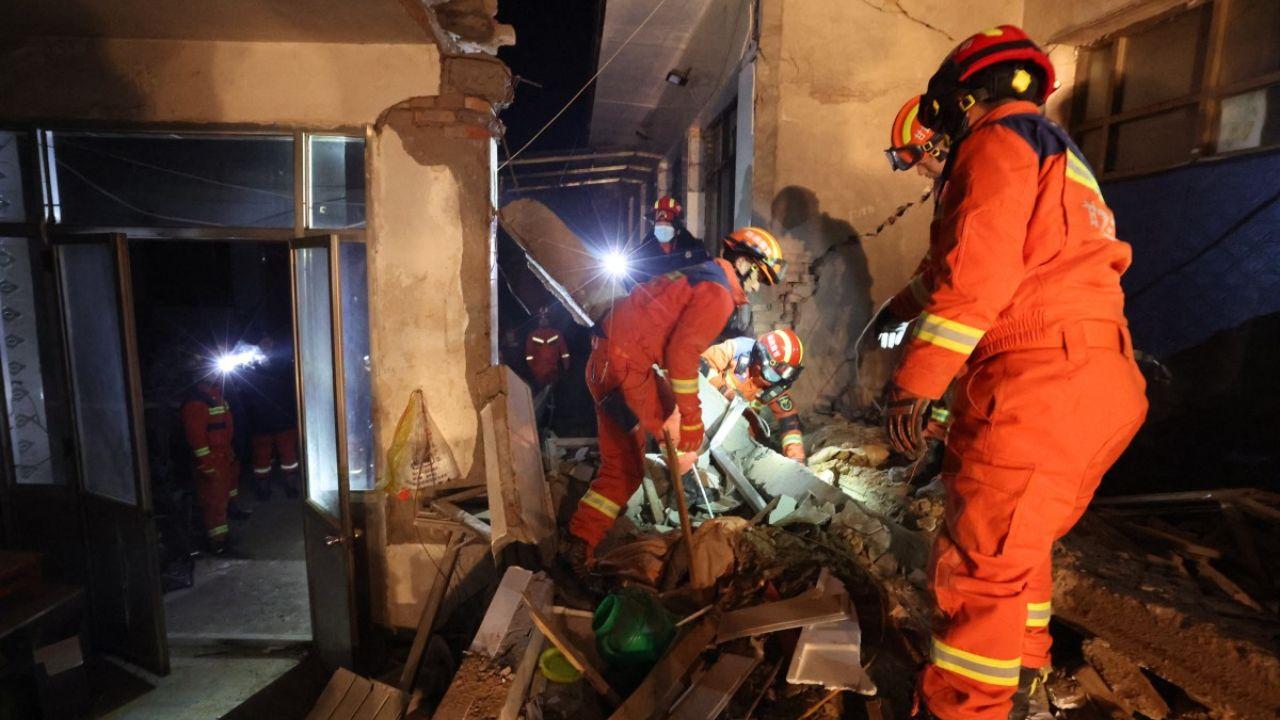
The quake prompted the suspension of passenger and cargo trains passing through the affected area, necessitating safety checks on railway tracks to ensure operational integrity.
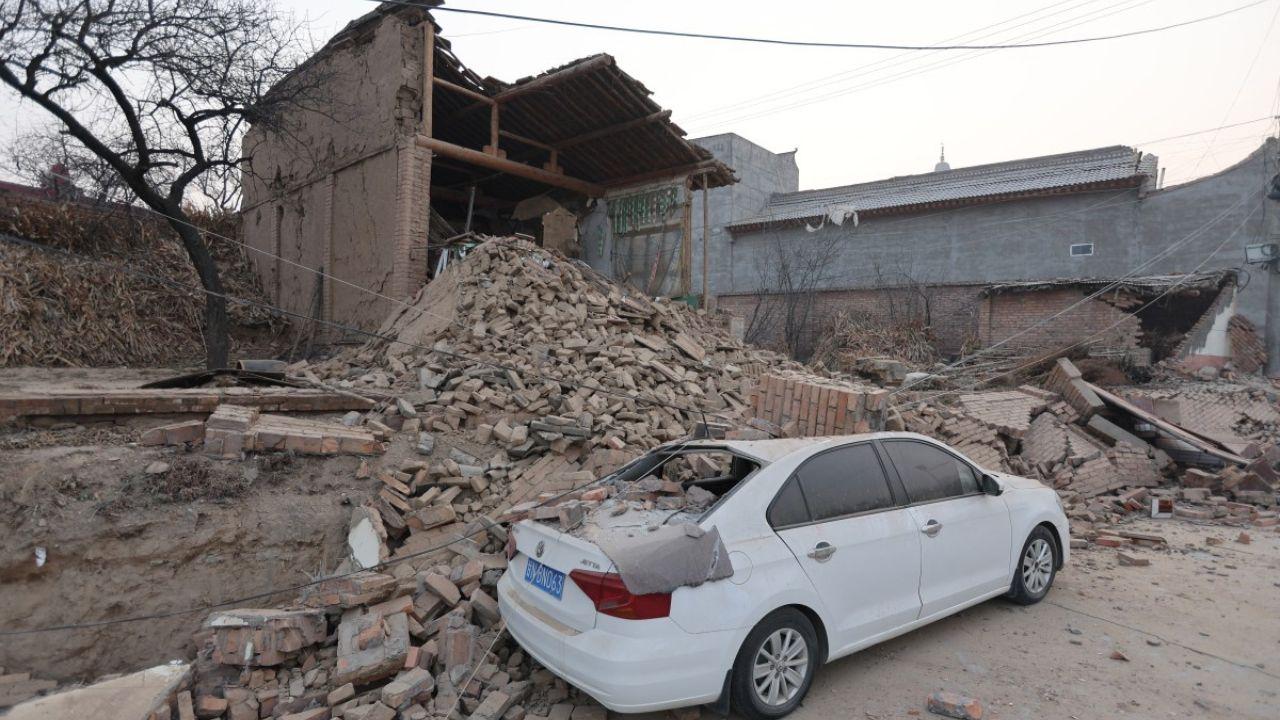
Chinese President Xi Jinping and Premier Li Qiang issued directives for comprehensive rescue operations, prioritising prompt treatment of the injured, monitoring earthquake developments, and mitigating secondary disaster risks. Additionally, provincial authorities mobilised top officials to oversee relief efforts and support affected regions.





